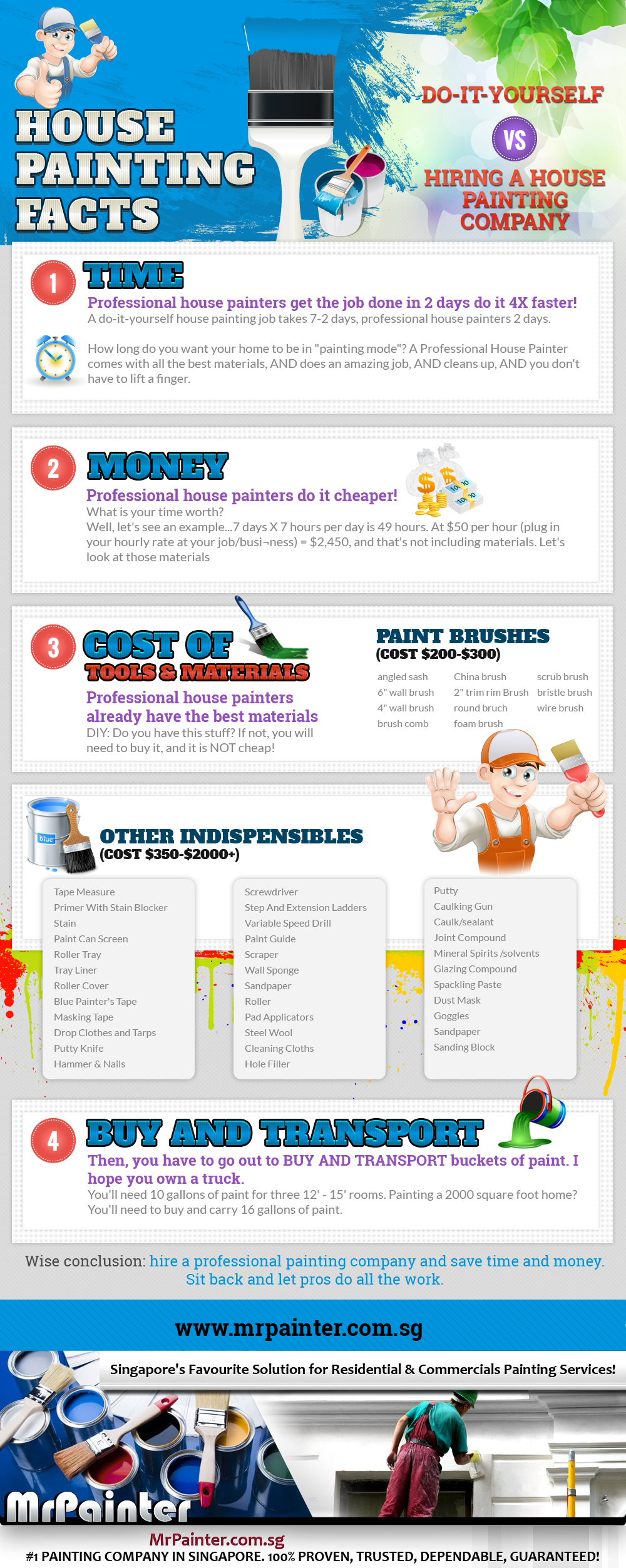Trick Seasonal Considerations For Commercial Outside Painting: What You Required To Be Educated Concerning
Trick Seasonal Considerations For Commercial Outside Painting: What You Required To Be Educated Concerning
Blog Article
painting aluminum siding house -Aguilar Rodriquez
When you're planning an industrial exterior painting job, seasonal variables can make or break your outcomes. You'll intend to think about exactly how temperature and moisture impact paint application and drying times. Selecting the right season can guarantee your paint sticks properly and lasts much longer. But which periods are really the most effective for this type of job? Allow's explore the key elements that can affect your task's success.
The Impact of Temperature Level on Paint Application
When you're intending a commercial exterior painting task, the temperature level can significantly impact just how well the paint adheres and dries out.
Ideally, painting services near me want to repaint when temperature levels range in between 50 ° F and 85 ° F. If it's also chilly, the paint might not heal correctly, bring about problems like peeling or fracturing.
On the other side, if it's also hot, the paint can dry too promptly, stopping correct attachment and leading to an irregular surface.
You should also take into consideration the time of day; morning or late afternoon offers cooler temperature levels, which can be much more positive.
Always check the supplier's referrals for the details paint you're utilizing, as they usually provide guidance on the optimal temperature level array for optimal results.
Humidity and Its Result on Drying Times
Temperature isn't the only environmental variable that affects your business outside painting project; humidity plays a considerable duty too. High moisture levels can reduce drying times significantly, influencing the general top quality of your paint task.
When the air is filled with moisture, the paint takes longer to treat, which can lead to concerns like poor bond and a greater risk of mildew development. If you're painting on a specifically damp day, be gotten ready for extended delay times between coats.
house interior painters to monitor neighborhood climate condition and plan as necessary. Preferably, go for just click the following document in between 40% and 70% for ideal drying out.
Maintaining these factors in mind guarantees your project stays on track and delivers a long-term surface.
Best Seasons for Commercial Exterior Painting Projects
What's the best time of year for your commercial exterior paint tasks?
Springtime and early fall are commonly your best options. During these seasons, temperature levels are mild, and humidity levels are frequently reduced, creating suitable problems for paint application and drying out.
Stay clear of summertime's intense heat, which can trigger paint to dry too swiftly, bring about poor attachment and finish. Likewise, winter's cool temperature levels can impede appropriate drying and treating, taking the chance of the durability of your paint task.
Go for days with temperatures between 50 ° F and 85 ° F for ideal results. Keep in mind to inspect the regional weather forecast for rainfall, as wet conditions can destroy your project.
Planning around these factors ensures your painting job runs efficiently and lasts longer.
Final thought
In conclusion, intending your commercial exterior painting jobs around seasonal factors to consider can make a substantial difference in the result. By organizing work during the suitable temperatures and humidity degrees, you'll guarantee much better adhesion and drying out times. Remember to keep an eye on neighborhood weather forecasts and pick the correct time of year-- springtime and early loss are your best options. Taking these steps will certainly aid you achieve a sturdy and expert coating that lasts.
